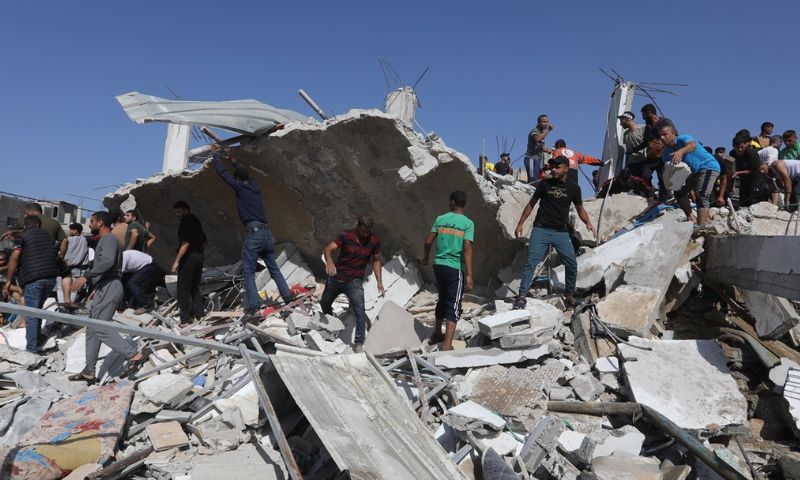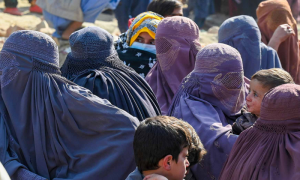UNITED NATIONS: The UN trade and development authority, UNCTAD, stated in a new that Israel’s war on Gaza has caused an unprecedented level of economic damage that will require tens of billions of dollars and decades to fix.
The GDP loss, recovery times, long-term consequences on poverty, and household spending are all examined in the early analysis of the conflict’s social and economic implications. According to estimates, Gaza’s yearly GDP decreased by $655 million last year—or 24% of the total GDP.
According to the organization, “the likelihood and speed of Gaza’s recovery will depend on the ending of the military operation, subsequent growth performance, and donor’s engagement.” Since it was placed under siege in 2007, Gaza has grown at an average annual rate of 0.4% through 2022. In the first three quarters of 2023, the GDP shrank by 4.5%, according to UNCTAD’s assessment.
“Nonetheless, the military action has significantly accelerated the downturn and caused a 24% GDP contraction and a 26.1% decline in GDP per capita for the full year,” the statement stated.
According to the analysis, it would take until 2092 to only recover the GDP levels of 2022, with GDP per capita and social conditions deteriorating, if fight were to halt immediately and reconstruction got underway immediately, assuming the growth trajectory that had been observed between 2007 and 2022 continued.
Even with an optimistic projection of 10 percent annual GDP growth, it would take until 2035 for Gaza’s GDP per capita to return to the pre-blockade level of 2006, according to a recent report from UNCTAD. The Gaza Strip, already facing dire conditions as one of the most densely populated areas globally, with over two million Palestinians confined to 365 square kilometers, witnessed further devastation with the recent military conflict.
ALSO READ: UN Chief Emphasizes UNRWA’s Role in Gaza Aid Amid Funding Controversy
Before the conflict, 80 percent of Gaza’s population relied on international aid, two-thirds lived below the poverty line, and unemployment stood at 45 percent. Access to clean water, electricity, and a proper sewage system was inadequate, and the aftermath of previous military operations had left much damage unrepaired.
The current military operation has displaced 85 percent of Gaza’s population, leading to a halt in economic activities and exacerbating poverty and unemployment. Presently, nearly 80 percent of the labor force is unemployed, and 18 percent of structures in Gaza have been damaged or destroyed.
The report highlights the urgent need for substantial foreign aid for decades to restore pre-conflict socioeconomic conditions. UNCTAD stresses that a return to the pre-conflict status quo is insufficient and calls for breaking the vicious circle of destruction and partial reconstruction.
Addressing Gaza’s economic constraints, rooted in 56 years of occupation and a 17-year blockade, requires strategic measures, including the restoration of Gaza International Airport, construction of a seaport, and enabling the Palestinian government to develop natural gas fields in the Mediterranean discovered in the 1990s. These steps could help finance infrastructure reconstruction.
The report also emphasizes the immediate support required for the Palestinian government to prevent a wider collapse. Foreign aid, which declined from $2 billion (27 percent of GDP) in 2008 to $550 million (less than 3 percent of GDP) in 2022, needs to be reinstated.
UNCTAD underscores that resolving Gaza’s crises necessitates ending the military operation and lifting the blockade, essential steps toward realizing a two-state solution between Israelis and Palestinians.























